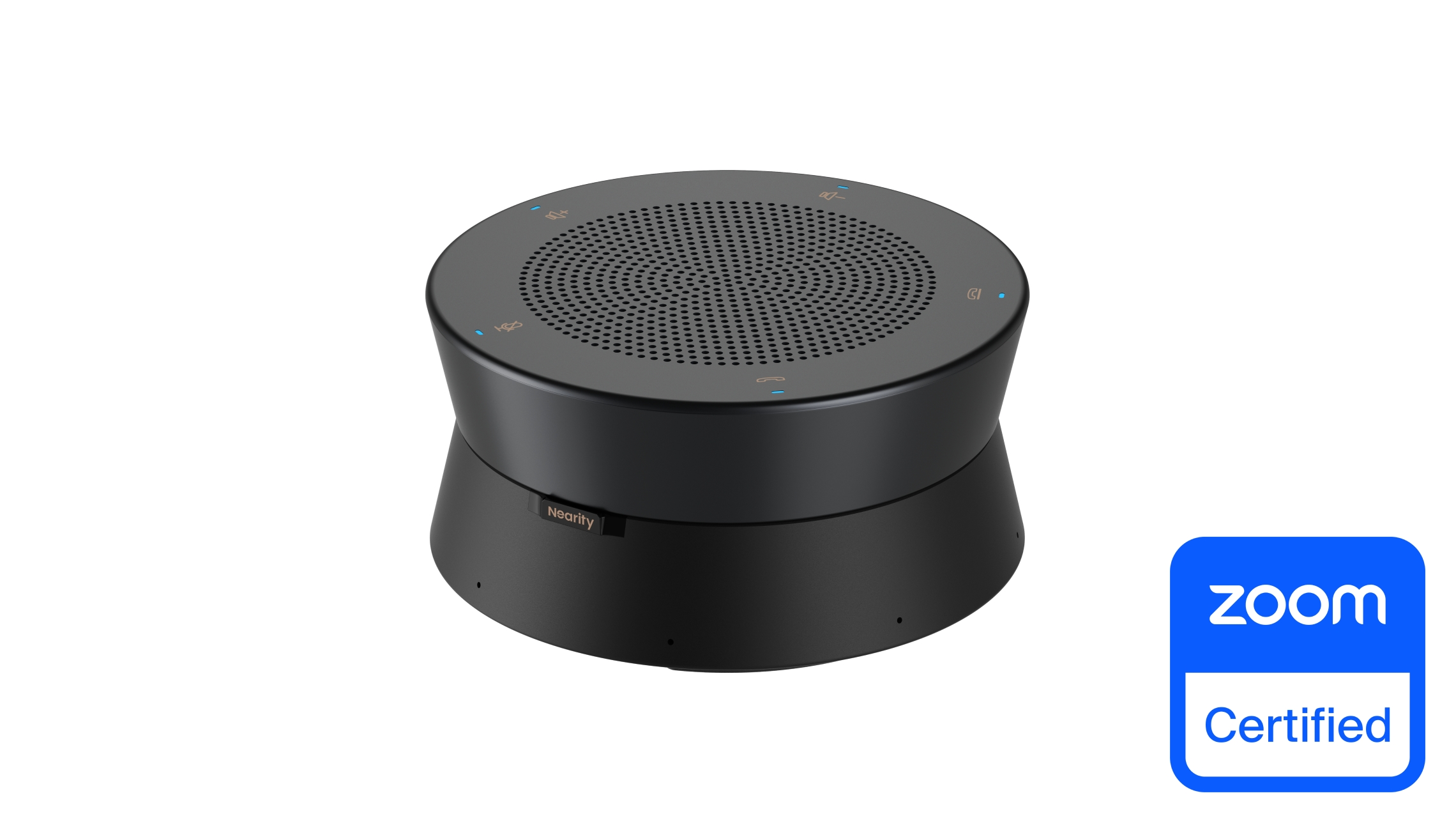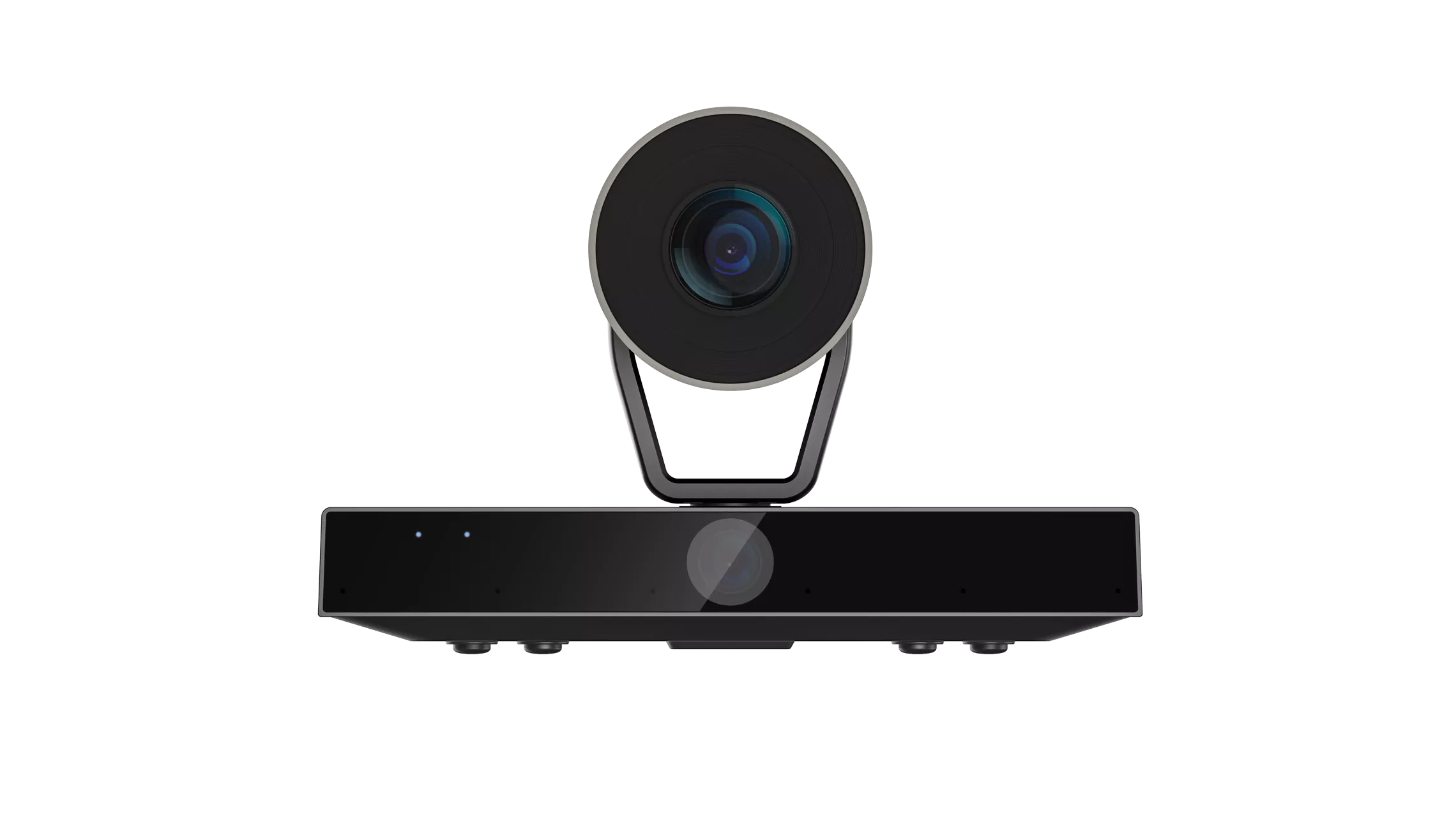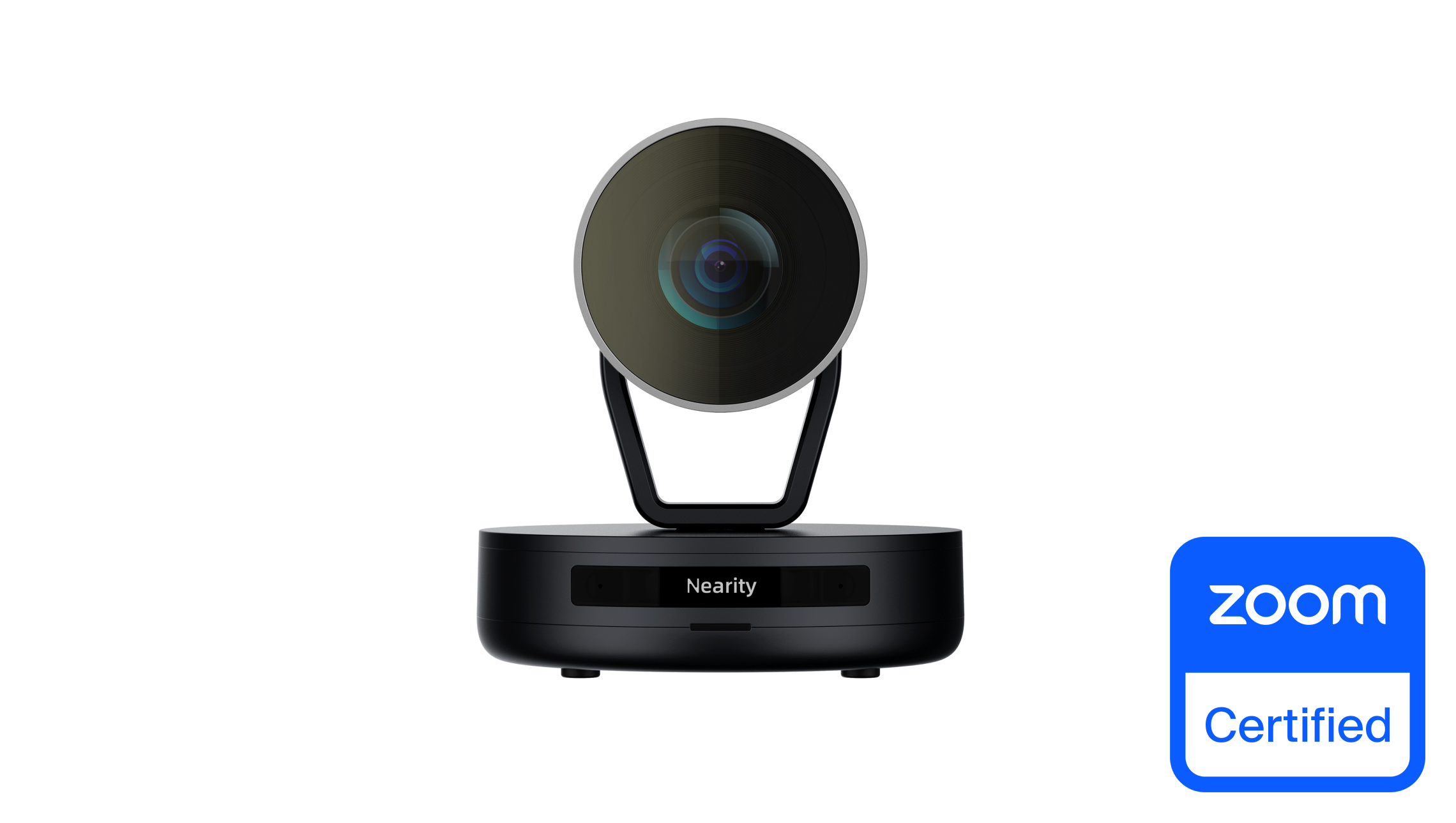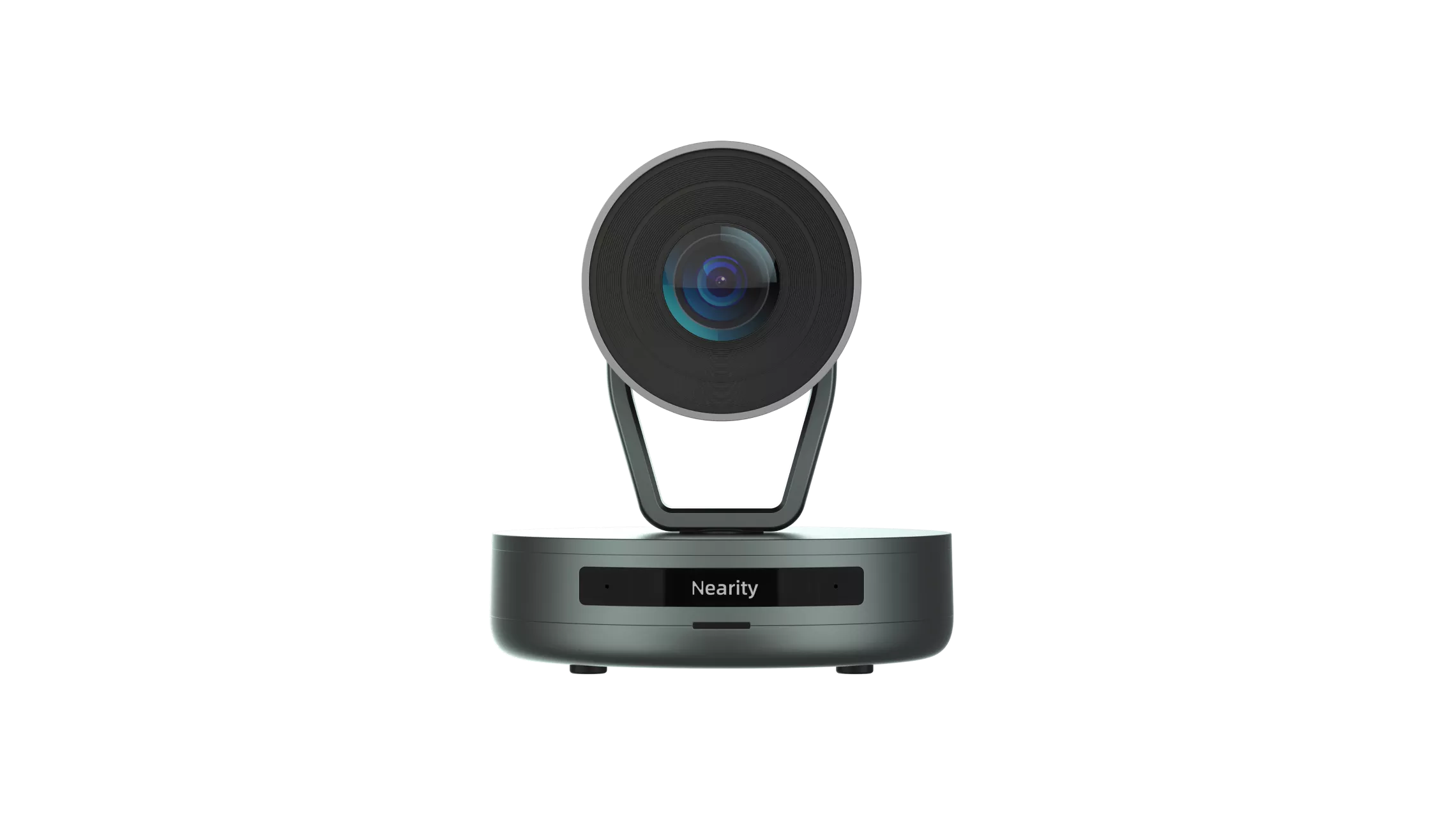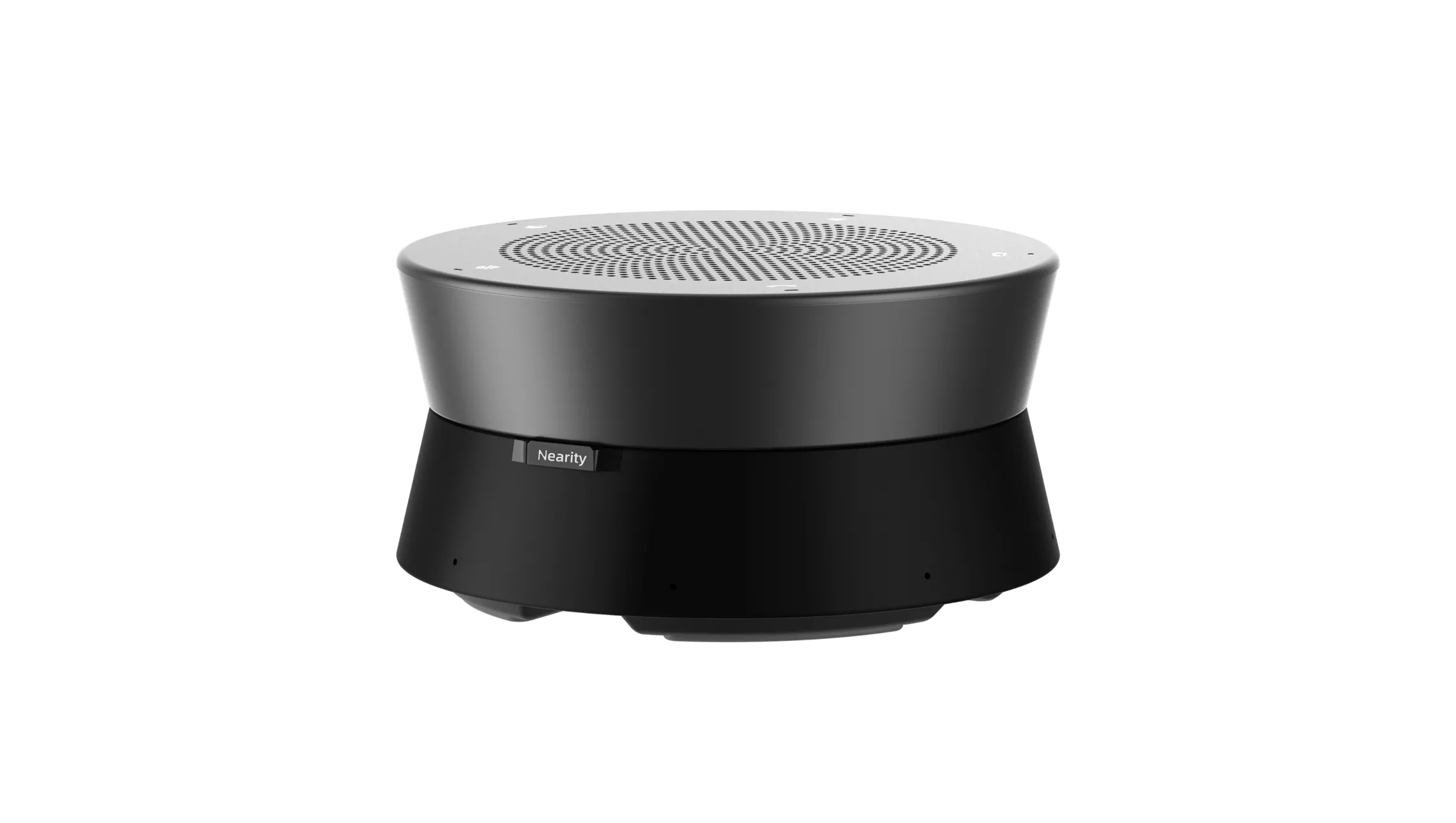In remote meetings, good audio quality is key to maintaining the quality of the meeting and enhancing the experience for participants. Reverberation is one of the factors that may affect the audio quality of a conference. In this article, we will introduce the definition of reverberation and how to manage it during remote meetings.

What is reverberation?
Many people like singing in the bathroom because they find it provides an acoustically pleasing environment with a unique sound effect that enhances one's voice and makes it sound fuller and more dynamic. This is a good reverberation example.
Reverberation is a complex and fascinating aspect of sound that can greatly affect the quality and enjoyment of music and speech in any enclosed space.
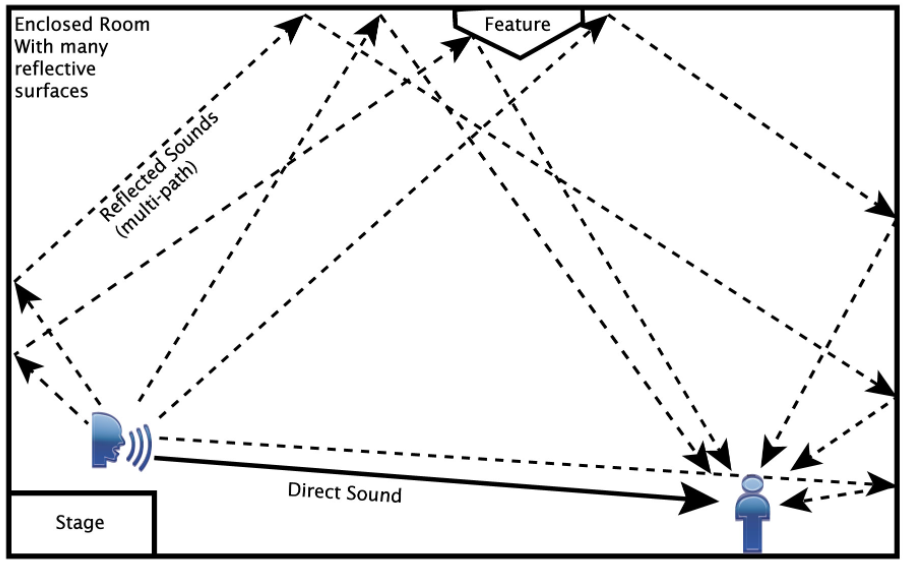
It can be defined as the persistence of sound in a confined area after the sound source has stopped producing sound. Direct sound is the sound that travels directly from the sound source to the listener without bouncing off any surfaces. Early reflections are the first few sound reflections that bounce off nearby surfaces before reaching the listener. When sound waves encounter surfaces, they reflect off those surfaces and bounce back towards the listener. These reflections are delayed and arrive at the listener's ear a short time after the direct sound. As more and more reflections occur, they start to overlap and blend, creating a dense and complex sound field known as reverberation.
Reverberation vs echo
Reverberation and echo are practically the same concepts. Both are time-based audio effects that result from the reflection of sound on hard surfaces. The difference between them lies in time. Echo is a long reflection of sound on a hard and distant surface, while reverberation has a much shorter reflection time, or in this case, reverberation time. It reflects from a surface near another around the listener.
What is dereverberation, and what is its purpose?
Reverberation can have both positive and negative effects on sound quality. In some cases, it can enhance the richness and depth of music or speech, making it more enjoyable to listen to.
However, excessive reverberation can also make it difficult to understand speech or distinguish individual sounds in music.
Especially in remote meetings, if the reverberation effect is severe, it can greatly affect the meeting experience and efficiency. Therefore, we need to find a way to eliminate reverberation. To control it, sound engineers may use a variety of techniques, such as adding dereverberation algorithm to microphones and speakers. By doing so, they can create a more balanced and clear sound that is better suited to the specific needs of a given environment.
Dereverberation is used in a variety of applications, including music production, film production, and speech recognition.
In music production, dereverberation is used to remove the effects of the recording space from individual tracks or the overall mix. This can be particularly useful in home recording scenarios, where the recording space may not be ideal.
In film production, dereverberation is used to improve the clarity of dialogue recordings. Filmmakers often record dialogue in less-than-ideal locations, such as noisy or reverberant rooms. Dereverberation can help to remove some of the negative effects of these recording environments.
In speech recognition, dereverberation is used to improve the accuracy of voice recognition systems. When a person speaks in a reverberant room, his or her voice can become distorted, making it more difficult for the system to accurately recognize what he or she is saying. Dereverberation can help to remove some of the distortion, improving the accuracy of the system.
In addition to these application scenarios, dereverberation is also used in live sound reinforcement. In large venues such as concert halls and arenas, the sound can become reverberant due to the large size of the space. Dereverberation can be used to remove some of the negative effects of the room acoustics, improving the quality of the sound for the audience.
Dereverberation technology has come a long way in recent years. Early dereverberation algorithms were limited in their effectiveness, but modern algorithms are much more powerful. They can remove a wide range of room acoustics, including echoes and resonances. They are also able to do this without removing too much of the natural sound of the recording.
One of the biggest advancements in dereverberation technology has been the development of machine learning algorithms. These algorithms can learn from large datasets of audio recordings and can use this knowledge to automatically remove room acoustics from new recordings. This has made dereverberation much faster and more accurate and has made it accessible to a wider range of people.
How Does Dereverberation Work?
Dereverberation works by processing an audio recording to remove or reduce the unwanted reverb effect caused by sound reflections in a room or enclosed space. The basic approach involves separating the direct sound from the reflections, and then reducing or removing the reflection component.
One common method of dereverberation is to use digital signal processing techniques to analyze the time-frequency characteristics of the recorded sound and then filter out the reverberation. This can be achieved using algorithms such as spectral subtraction, linear prediction, and deconvolution.
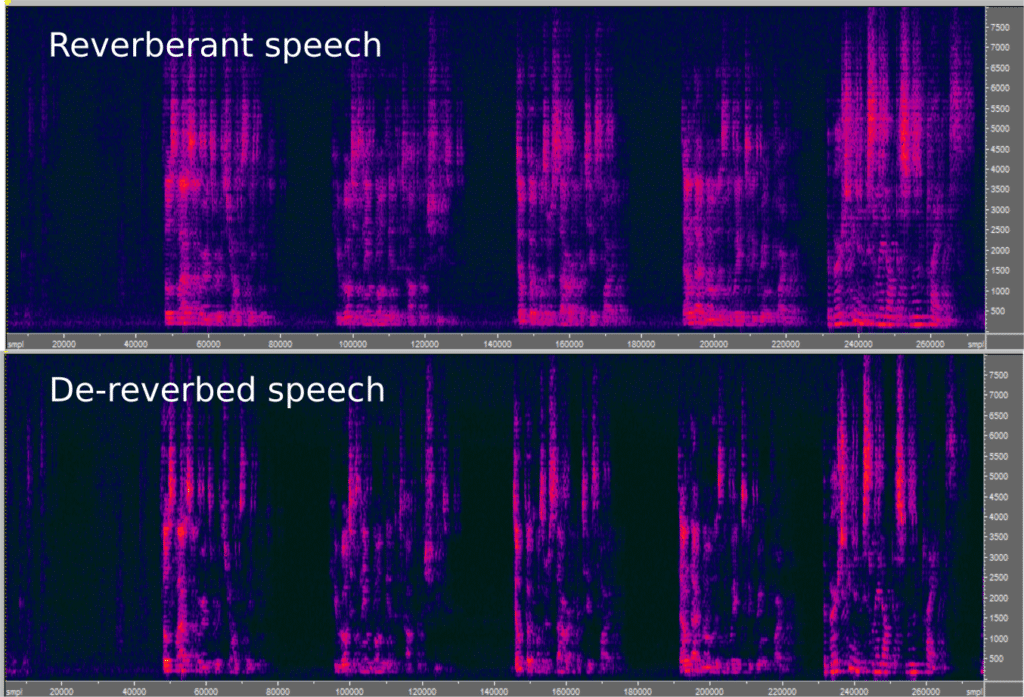
Other methods of dereverberation include using physical techniques such as sound absorption, diffusers, or creating a non-reflective environment to minimize the amount of reverb picked up by the microphone.
Dereverberation Speakerphone Recommendation
When it comes to conference calls and virtual meetings, having a speakerphone with dereverberation feature can greatly improve the audio quality and overall experience.
The NEARITY A20 conference speakerphone is a sought-after option for those in need of a high-quality speakerphone with advanced features. Its 8-element 360-degree omnidirectional microphone array uses beamforming technology to capture sound from all angles, while the dereverberation technology helps to minimize reverberation, providing easily understandable audio.



